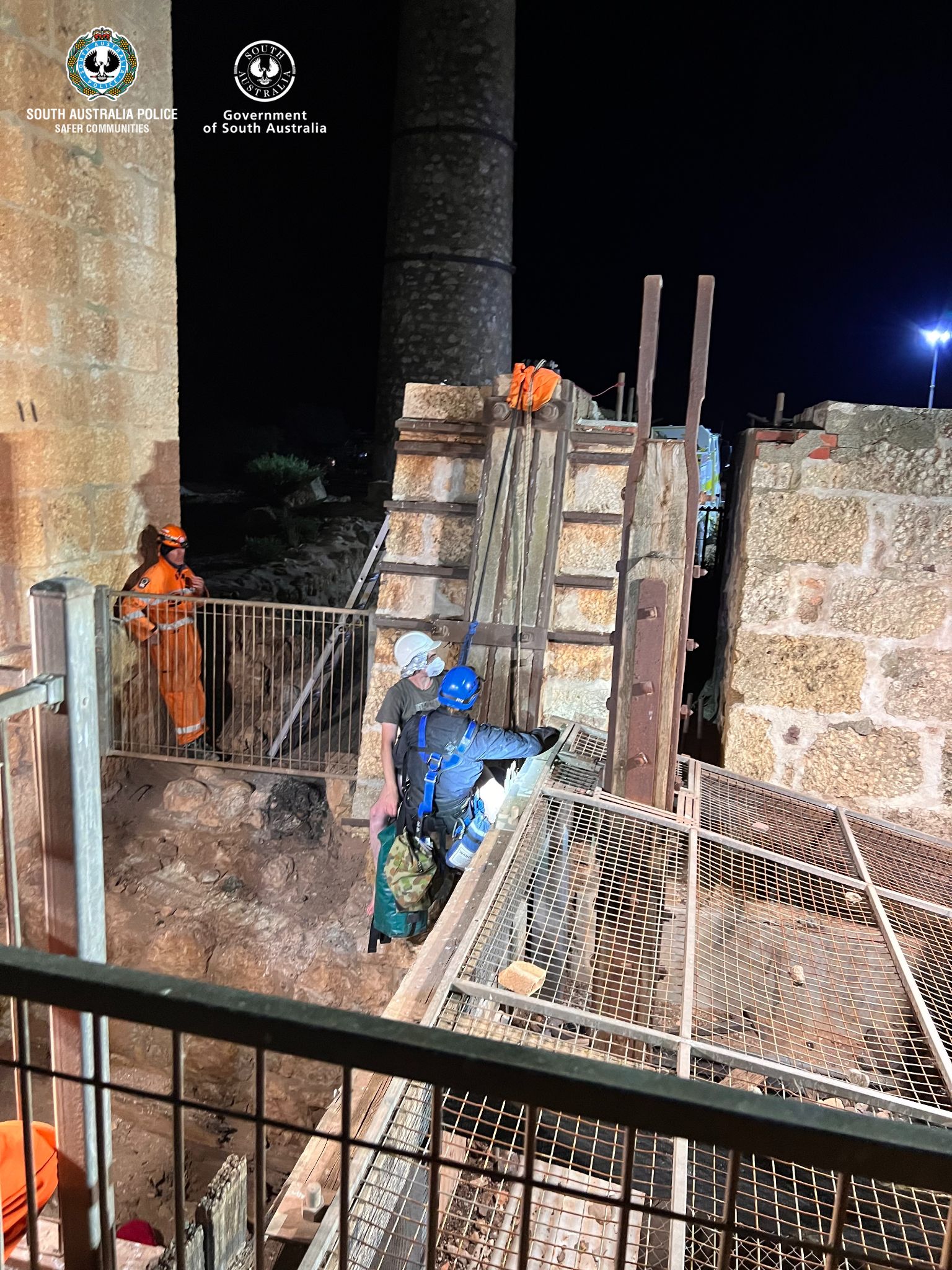Almost 12,000 Australian babies are likely to be hospitalised this year, at a cost of nearly $200 million, by a highly contagious seasonal virus which many Australian parents know little about.1
This is according to a new report which identifies a common and unpredictable virus known as RSV (respiratory syncytial virus) as the leading cause of hospitalisation for Australian children under five years of age, with outbreaks typically occurring during winter.1
The Time to Act – Protecting our children from RSV report by health advisory firm Evohealth reveals that on average in Australia each year:1
- RSV is responsible for 11,968 hospital admissions for infants aged less than 12 months – most often when the virus causes the lung infections, bronchiolitis or pneumonia.
- This number jumps to 15,864 for all children aged under five years – up to eight times higher than the number of hospitalisations for seasonal influenza in this age group.
- The average hospital stay for children under five years of age is three days, with up to one-in-four of these children requiring intensive care.
- The societal cost (i.e. hospital care, productivity loss and out-of-pocket expenses) of hospitalisation of Australian children under five years with RSV is estimated at $193 million. This equates to approximately $12,000 per hospital admission in this patient group.
The report, funded by Sanofi Australia, acknowledges these numbers – alarming as they are – likely underestimate the true impact of RSV and related hospitalisations among Australian children, and that lack of awareness of RSV in the Australian community remains.1
While nearly all children will contract RSV by the age of two, with most experiencing mild illness, severe RSV can lead to conditions such as bronchiolitis and pneumonia that require hospital-based medical care.1
Renae Beardmore, Managing Director of Evohealth said, “This report highlights the significant burden of RSV in young children and their families – year in, year out”.
“This is a virus that often went undiagnosed due to lack of awareness, monitoring and reporting, which has recently changed,” she said.
“Now that we are starting to understand the scale of the RSV in Australia, it’s time to act to reduce the burden of the virus on children, parents and hospitals.”
The report states: “RSV is associated with up to eight times more hospitalisations than seasonal influenza for Australian children less than five years old. This could be even more for those less than six months old. The younger a child the more likely they are to be hospitalised with RSV, with infants less than six months old at particular risk.”1
Families warn of perils of severe RSV in infants
Katherine Kieran from Bennet Springs in Perth was interviewed for the report. Her baby Hazel was hospitalised in the winter of 2019 with severe RSV for 23 days when aged just two-months.
She explained that: “Upon arriving at our local hospital, the medical team immediately issued an emergency Code Blue alert. They had stabilised Hazel, but her heart rate suddenly dropped below 20 and she required CPR and adrenaline.”
“Once stable again, Hazel was transferred to the Perth Children’s Hospital where she was placed on a ventilator in ICU for eight days. During this time, Hazel’s left lung collapsed. On day nine, the breathing tubes were removed, and Hazel was placed on a CPAP (continuous positive airway pressure) machine for three more days.
“We were told that Hazel had suffered severe RSV and bronchiolitis as a result. I had never heard those three letters before that moment, and hope I never hear them again,” concluded Ms Kieran.
Spotlight on long-term health effects
The report also highlights that severe RSV infection is associated with long-term health complications, including recurrent wheezing, recurrent respiratory symptoms, clinical allergies and sensitisation to perennial allergens.1
Reducing the burden of RSV
The report notes that: “With vaccines and other preventative options on the horizon we have a real opportunity to heed the lessons learned from the way we manage influenza and COVID-19, apply these to RSV and affect real change for Australian infants and children.”1
“Australia has a unique opportunity to improve RSV surveillance, quantify true disease burden, and invest in evidence-driven prevention strategies to improve the health of infants and children under five, and save the health system money,” Ms Beardmore said.
The report presents four recommendations for federal, state and territory government adoption:1
- Increase targeted surveillance of RSV through sentinel surveillance programs in primary and tertiary care.
- Create a national evidence-base to quantify the true burden (incidence and hospitalisation) of RSV.
- Develop a national strategy for reducing the burden of RSV in infants and children, including consideration of future preventative measures.
- Create a targeted tailored RSV awareness campaign to empower and enable parents, carers, and the clinical community to make informed decisions about RSV testing and management.







